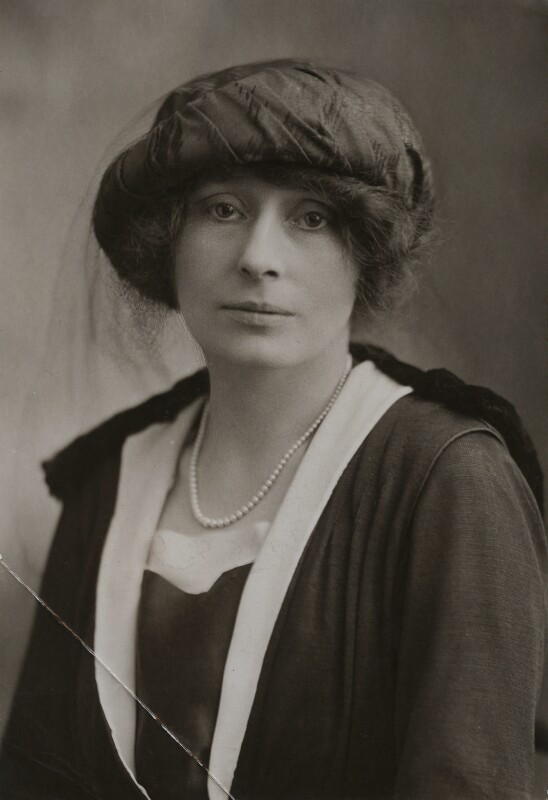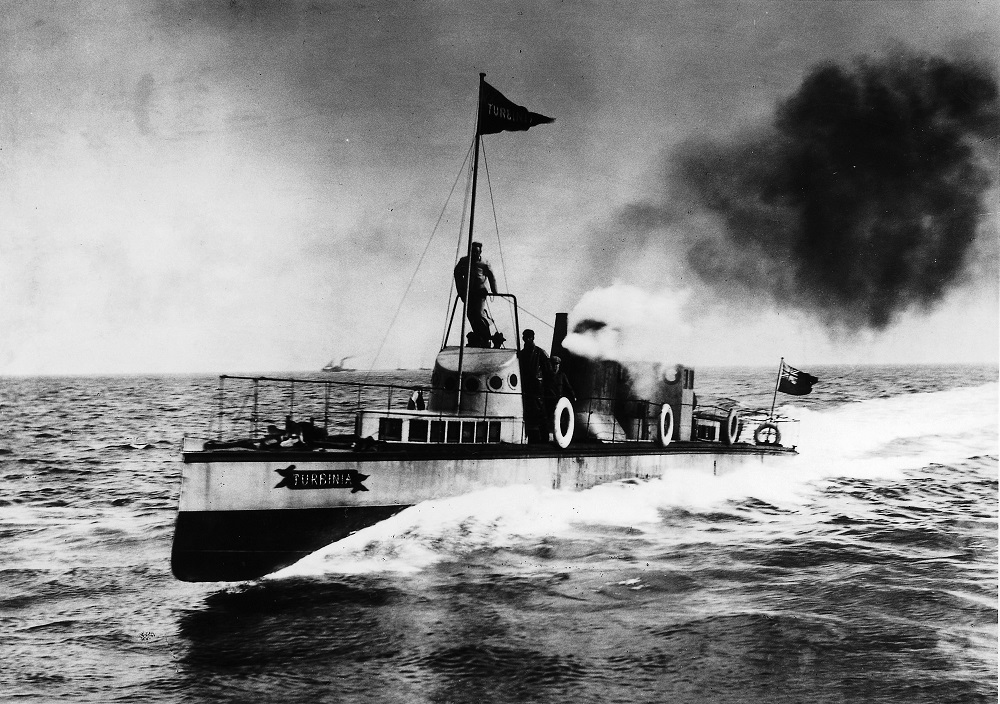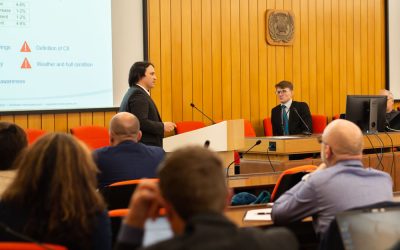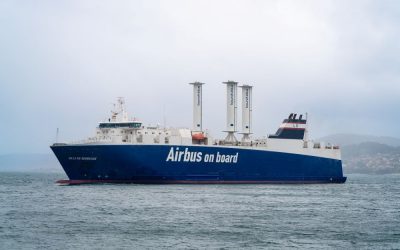To launch Women’s History Month, RINA historian Mark Barton looks at the life of a founder of the Women’s Engineering Society and one of RINA’s first female members
Rachel Mary Parsons (1885-1956) was the daughter of Sir Charles Parsons, one of the key developers of the steam turbine which, at this time, was dominating propulsion in the Royal Navy. It was the experimental Parson-designed Turbinia that demonstrated the importance of this propulsion change when she raced past the Royal Navy ships at the 1897 Spithead Review. This meant that Parsons steam turbines were adopted as the propulsion system for HMS Dreadnought.
As a children, both Rachel and her younger brother Tommy shared their father’s innate passion for engineering, participating in various projects at their home-workshops within their Tyneside homes of Elvaston Hall, Ryton and, later, Holeyn Hall, Wylam. Along with their mother Katharine they experimented in the making of turbine-powered experimental machines and mechanised toys, as well as model testing on the pond at the family’s estate. When Turbinia was launched in 1894, Rachel accompanied her father onboard during trials.

Rachel Mary Parsons. Source: National Portrait Gallery
Rachel was one of the first three women to study Mechanical Sciences at Newnham College, Cambridge. Her brother meanwhile had joined in the family firm Parsons Marine Steam Turbine Company in Newcastle-upon-Tyne.
However, Tommy enlisted during World War 1 and was killed in 1918. While he was away, Rachel was appointed an interim director but after the war her father refused to let her continue, causing a family rift that would never be reconciled. Rachel resigned but was determined to continue in engineering. In 1919, she became the third of the first three female members of the Institution of Naval Architects alongside Eily Keary and Blanche Thornycroft.
Keen to be an advocate for women’s employment rights with the support of her mother and with Blanche, she founded the Women’s Engineering Society in June 1919 and served as the founding President. In 1920 she was one of a group of eight women who founded Atalanta Ltd, an all-female engineering company, which supported further technical education for its employees during its eight years of operation.
After this her interest in engineering waned as she pursed politics, joining London County Council as a member of the Municipal Reform Party and later becoming a Conservative Party candidate for Parliament in the 1923 election. In later years her passion for racing led her to train horses at her estate in Newmarket. Her life ended suddenly in 1956 when she was found dead, unlawfully killed by one of her former stablehands.




